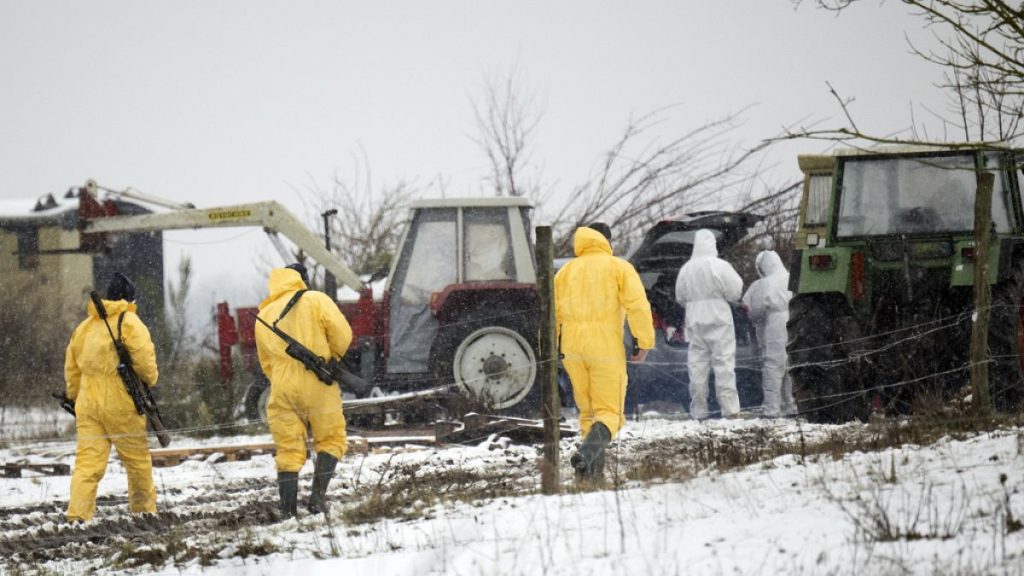The discovery of foot-and-mouth disease (FMD) in a water buffalo herd near Berlin has triggered immediate and extensive precautionary measures in the Brandenburg state of Germany. A 72-hour ban on the transportation of cloven-hoofed animals, including cows, pigs, sheep, goats, and even camels and llamas, was swiftly implemented to prevent the potential spread of the highly contagious virus. Berlin’s two zoos also closed their doors to the public as an added precaution. The outbreak highlights the serious nature of FMD and the rapid response required to contain it, invoking memories of the devastating 2001 outbreak in the UK.
The initial discovery was made by a farmer in Hoenow, just outside Berlin, who found three deceased water buffalo among his herd of fourteen. Samples sent to Germany’s national animal health institute confirmed the presence of FMD, leading to the culling of the entire herd. While the source of the infection remains unclear, authorities are taking no chances, as evidenced by the precautionary culling of approximately 200 pigs at a nearby farm in Ahrensfelde. This proactive approach reflects the understanding of FMD’s rapid transmission and the potential for widespread economic and agricultural devastation if left unchecked.
Foot-and-mouth disease is a viral infection that specifically targets cloven-hoofed animals, causing a range of debilitating symptoms, including fever, loss of appetite, excessive salivation, and the characteristic blisters in the mouth and on the feet. Although the mortality rate is generally low, the disease can significantly impact animal productivity and welfare. The strict international regulations surrounding FMD underscore the global concern regarding its potential for rapid spread and the significant economic consequences for the agricultural industry. While humans are not susceptible to the disease themselves, they can act as carriers, transmitting the virus through contact with infected animals or contaminated materials.
The 2001 FMD outbreak in the UK serves as a stark reminder of the devastating impact the disease can have. The outbreak resulted in the culling of approximately six million livestock, a drastic measure aimed at containing the virus. The economic fallout was substantial, costing billions of euros and impacting livelihoods across the agricultural sector. While the response was deemed necessary at the time, it also sparked debate about the proportionality of such widespread culling. The current response in Germany, while proactive and precautionary, appears to be more targeted, focusing on immediate vicinity and susceptible species.
The highly contagious nature of FMD necessitates a rapid and comprehensive response. The virus can be transmitted through direct contact between animals, as well as through airborne spread. Furthermore, indirect transmission is possible via contaminated objects such as farming equipment, footwear, clothing, and even vehicle tires. This ease of transmission underscores the importance of strict biosecurity measures and the rapid implementation of movement restrictions to limit the spread of the virus. The swift action taken by German authorities, including the transportation ban and zoo closures, reflects the seriousness with which FMD is treated and the determination to prevent a widespread outbreak.
The recent FMD case marks the first outbreak in Germany since 1988 and the first in Europe since 2011, indicating a significant period of freedom from the disease. This highlights the importance of ongoing surveillance and preventative measures to maintain this disease-free status. The current outbreak serves as a reminder of the ever-present risk of FMD and the need for vigilance and swift action to protect animal health and the agricultural industry. The source of the current infection is under investigation, and determining the origin will be crucial in preventing future outbreaks and refining biosecurity protocols.

